Last week my Nikkor Z 100-400 arrived. I’m in principle upgrading from the AF-S 80-400G, which has been my all-time favourite lens (both sentimentally and in terms of the yielding the greatest proportion of my favourite photos).
Of course, it’d be nice to see how those two lenses actually compare – I suppose I could keep using the 80-400 and return the 100-400, if the older lens turns out to be better.
Unfortunately California has decided this “weather” thing it’s never had before is the new hotness, and it’s basically rained non-stop for weeks now. So I haven’t been able to use of the 100-400 for real yet. Luckily, I was able to conscript a wild Stitch to help me do some rudimentary tests, in the interim. That’ll be the subject of this and a couple of subsequent posts.
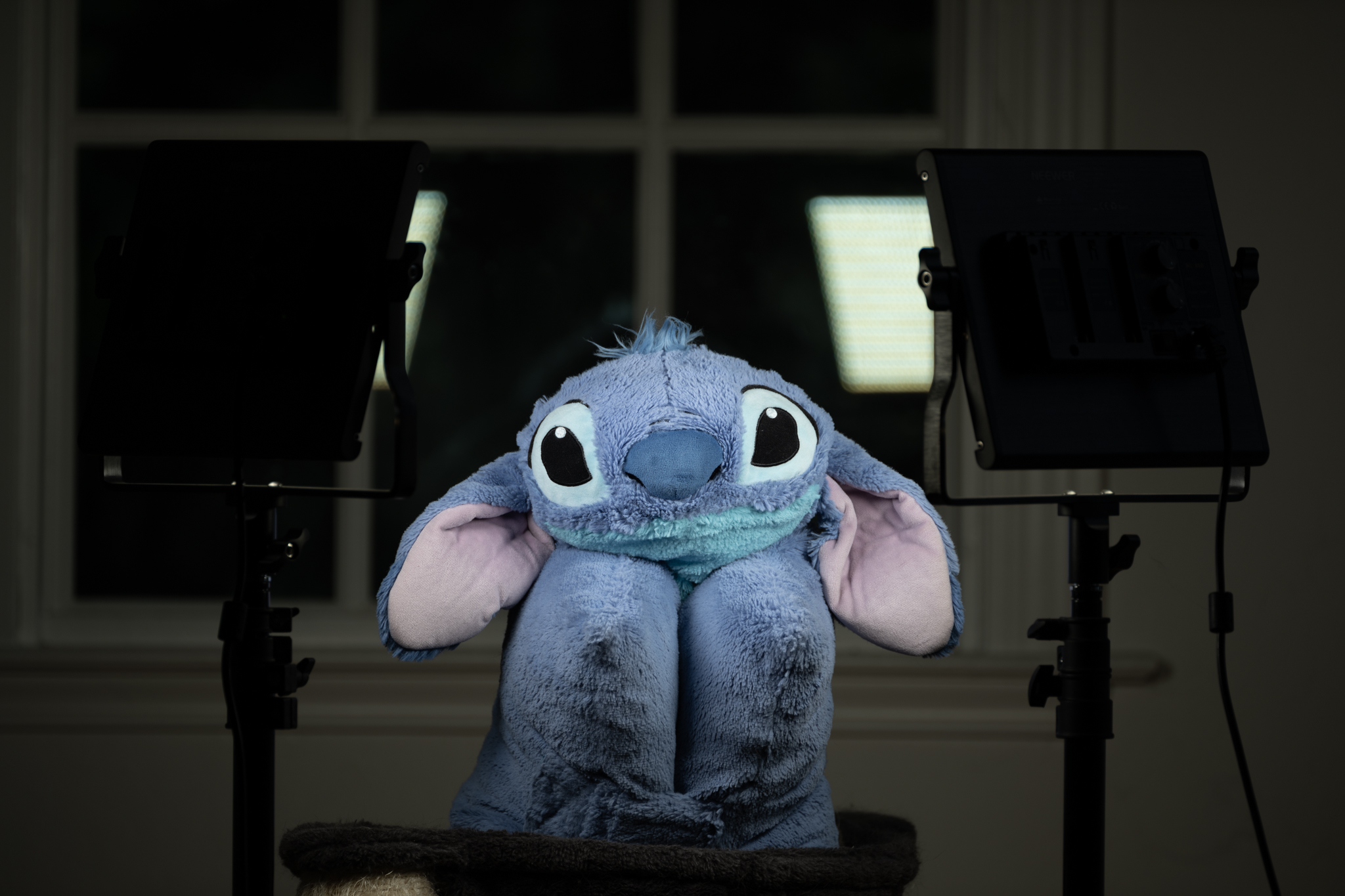
The most important thing I want to know about any new lens is how it performs in the centre across various apertures and subject distances. That way I know what it’s capable of in the best case (the centre) and which aperture(s) to favour. So that’s what this first post is about.
Equipment
- Nikkor Z 100-400 (e.g. from Amazon).
- Nikon Z 7 (e.g. from Amazon).
- Neewer 660-LED constant light panels (e.g. from Amazon).
- Induro AT-313 (discontinued).
- Movo GH800 gimbal tripod head (e.g. from Amazon).
- Stitch (from outer space, via Hawaii).
Methodology
I tested five different subject distances:
- MFD (minimum focus distance) at 100
- MFD at 400
- 6ft at 400
- 12ft at 400
- 30ft at 400
I didn’t measure the actual MFD – all distances above are only approximate anyway, give or take a few inches – but it was something in the vicinity of 3ft, like the specs say. MFD is a bit closer at 100 than 400.
400 is basically the focal length that counts – that’s where this lens will spend the vast majority of its time – thus the inclusion of only one subject distance for 100, nor any intermediary focal lengths.
Stitch was lit (as shown in the photo above) by two Neewer 660-LED panels, set to maximum brightness & running off mains power. Diffusers were not used.
I chose to focus on Stitch’s nose because it has a nice fine-detailed fabric texture, that looked better as a test subject than the low-contrast threading of e.g. his eyes. I also deliberately focused only about a third down on his nose – not in the very centre – so that the centre of the nose, being the closest part to the camera, would be slightly out of focus. That way I could visually confirm that the plane of focus was where I expected and not short of the subject (in the cases where depth of field was so narrow as to matter).
I focused wide open using AF-C single-point (centred). I used a five second delayed shutter release, with pure electronic shutter (“Silent” mode). I did have to touch the camera between exposures, in order to adjust the aperture and press the shutter button, and this is why in some cases images are misaligned by a few pixels.
I used a fixed ISO of 64 in aperture-priority mode, letting the camera maintain constant exposure by varying the shutter speed (which ranged from 1/25 – 1/100). I did not normalise exposure in post – any variation you see in the images could be due to:
- Differences in metering based on differing fields of view.
- Error / inaccuracy in exposure by the camera.
Image stabilisation was disabled.
All the images you see embedded in this post are JPEGs with the quality set to 100%, as rendered from the raws by Lightroom Classic.
The crops are all from the exact centre, and are 1024 square.
All images were recorded as 14-bit lossless NEFs, and imported into Lightroom Classic with no modifications other than:
- Reducing the exposure by 0.75 stops. I exposed-to-the-right to maximise image quality.
- Setting the white balance to 4,500 with no tint. I left the camera on auto white-balance; I could have specified it as some fixed value in-camera, but I knew I could standardise it in post.
This also means that any built-in lens corrections, whether by the camera or Lightroom Classic, were performed. I left all those at factory settings, and I see no purpose in mucking with them since I – like most people – don’t muck with them in real-world use.
Lightroom Classic nominally applied some sharpening & noise reduction, per its defaults, but the settings were the same for all images (40/1.0/25/0 sharpening, 0/-/-/25/50/50 noise reduction).
Finally, I’ve provided the images for every aperture in a carousel, but also an A | B comparison of wide open vs what I feel is the most interesting juxtaposition (usually the sharpest aperture, though not always).
30ft @ 400
Almost no change across the apertures. This is either an excellent result or a terrible result, depending on whether it means it’s sharp from wide open or never gets sharp. That’s best judged by comparing it to other lenses – a task for a subsequent post.
There’s a very slight softening starting at f/7.1 (vs f/6.3 or wider), that’s slightly more pronounced – but still very minor – at f/8. This is most likely diffraction softening and as such is expected. On the 46 MP Z7 diffraction becomes the limiting factor in acuity beyond about f/6.3 (in theory).
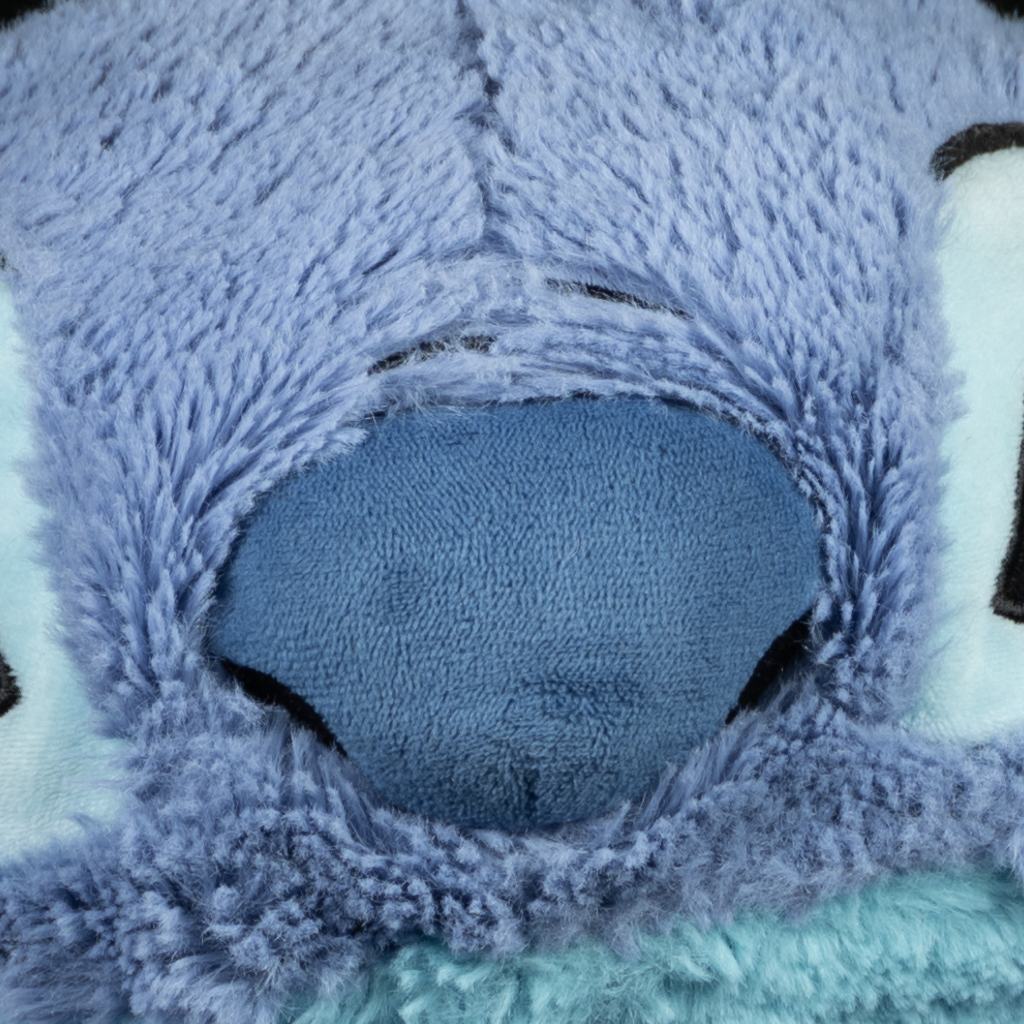
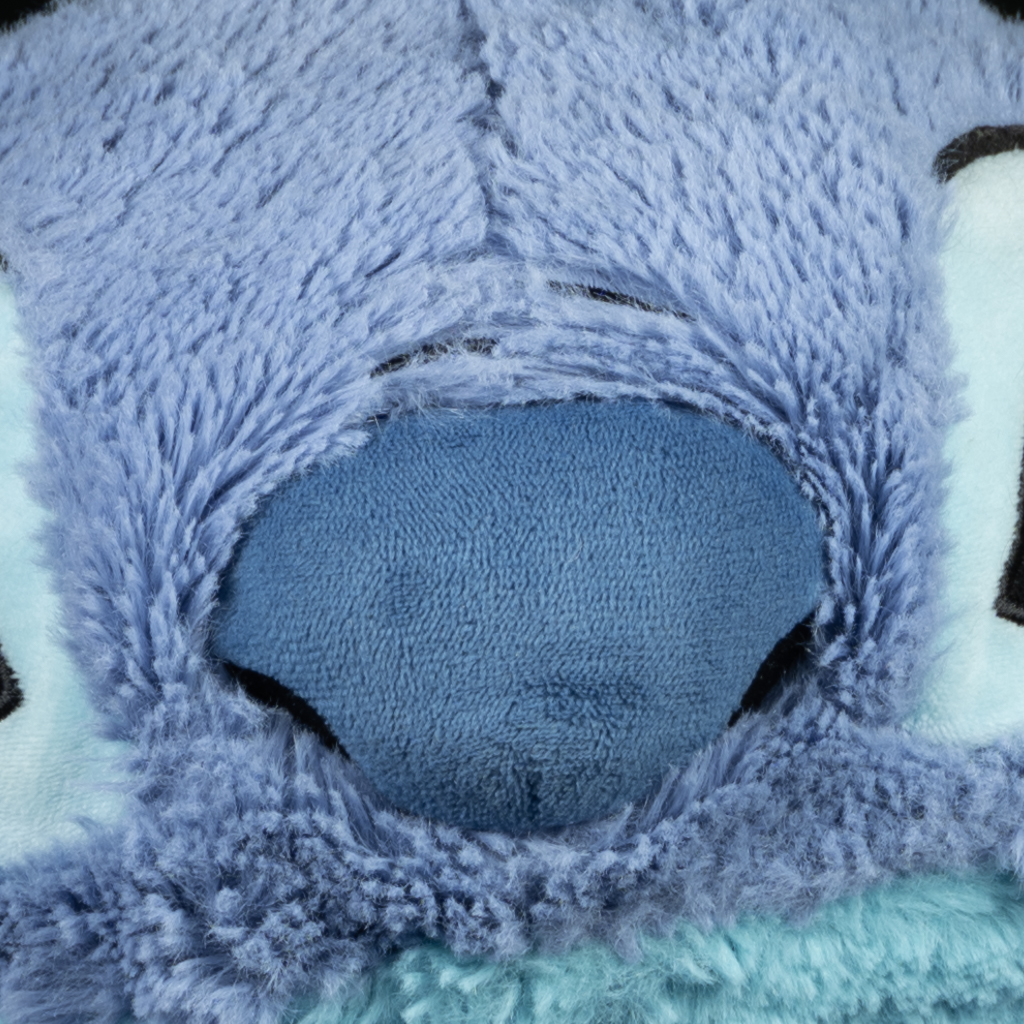
12ft @ 400
It’s very slightly softer wide open, at f/5.6, than at f/6.3 or narrower. It’s less clear if diffraction has kicked in (as the limiting factor) by f/8 – to my eyes there’s very little difference between f/6.3, f/7.1, and f/8.
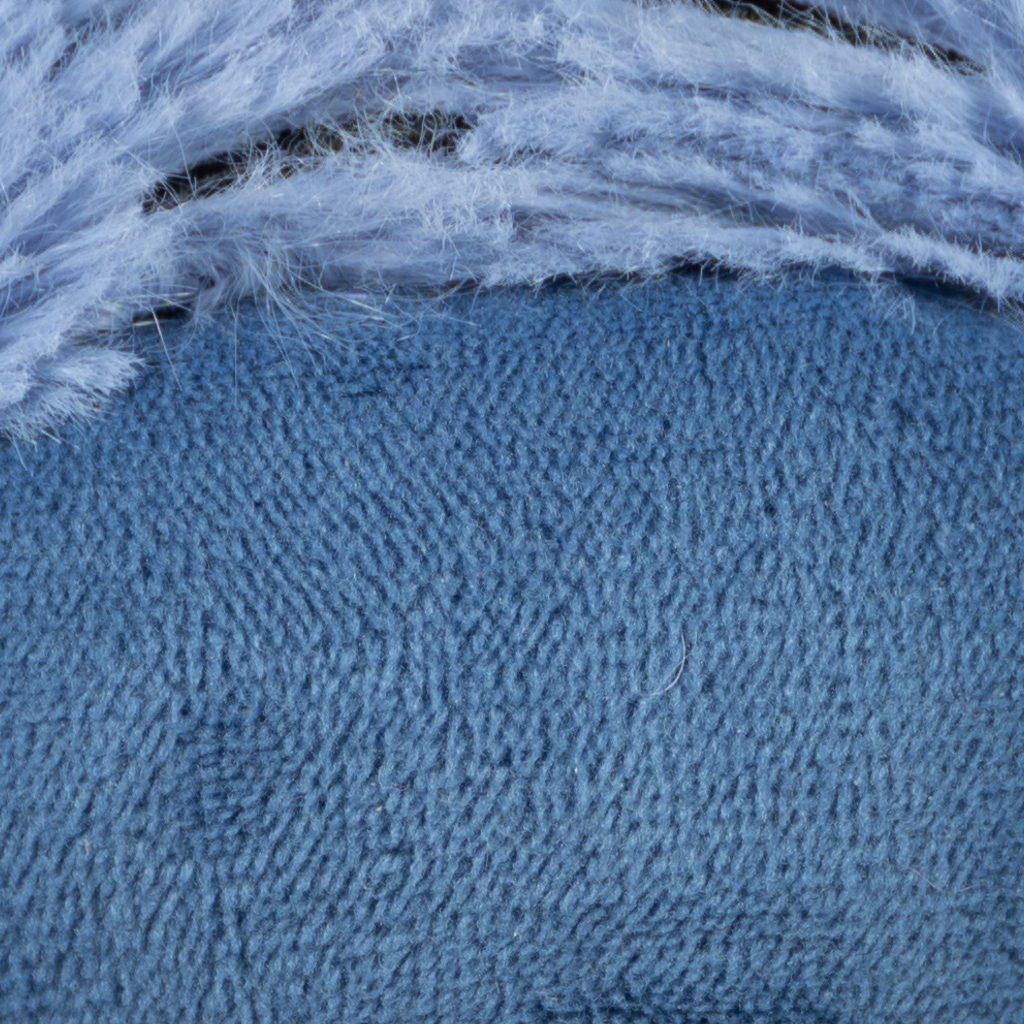
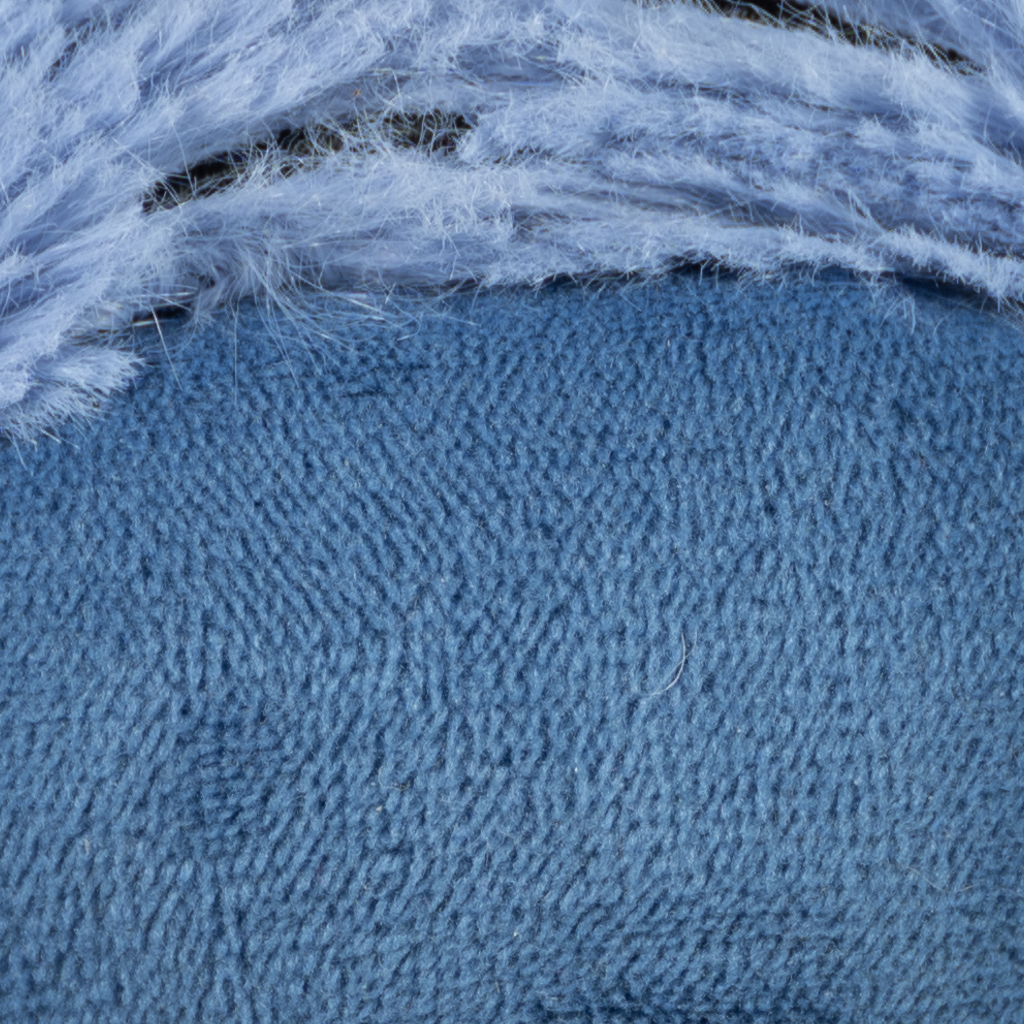
6ft @ 400
Perceived sharpness increases significantly from f/5.6 to f/6.3, and then only very slightly more up to f/8.
However, I don’t see any change in actual resolution – it’s entirely just about contrast. Careful post-processing re. micro-contrast might significantly reduce if not eliminate the difference in perceived sharpness.
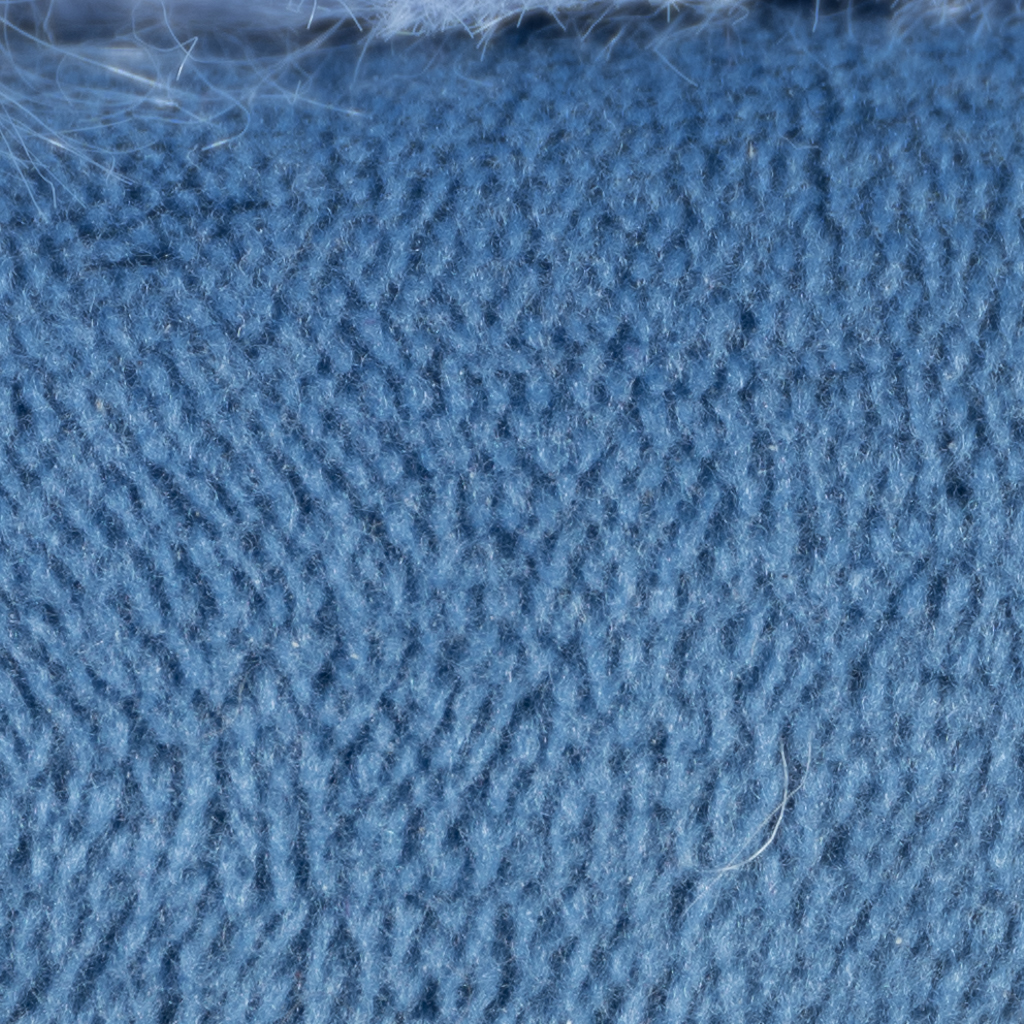
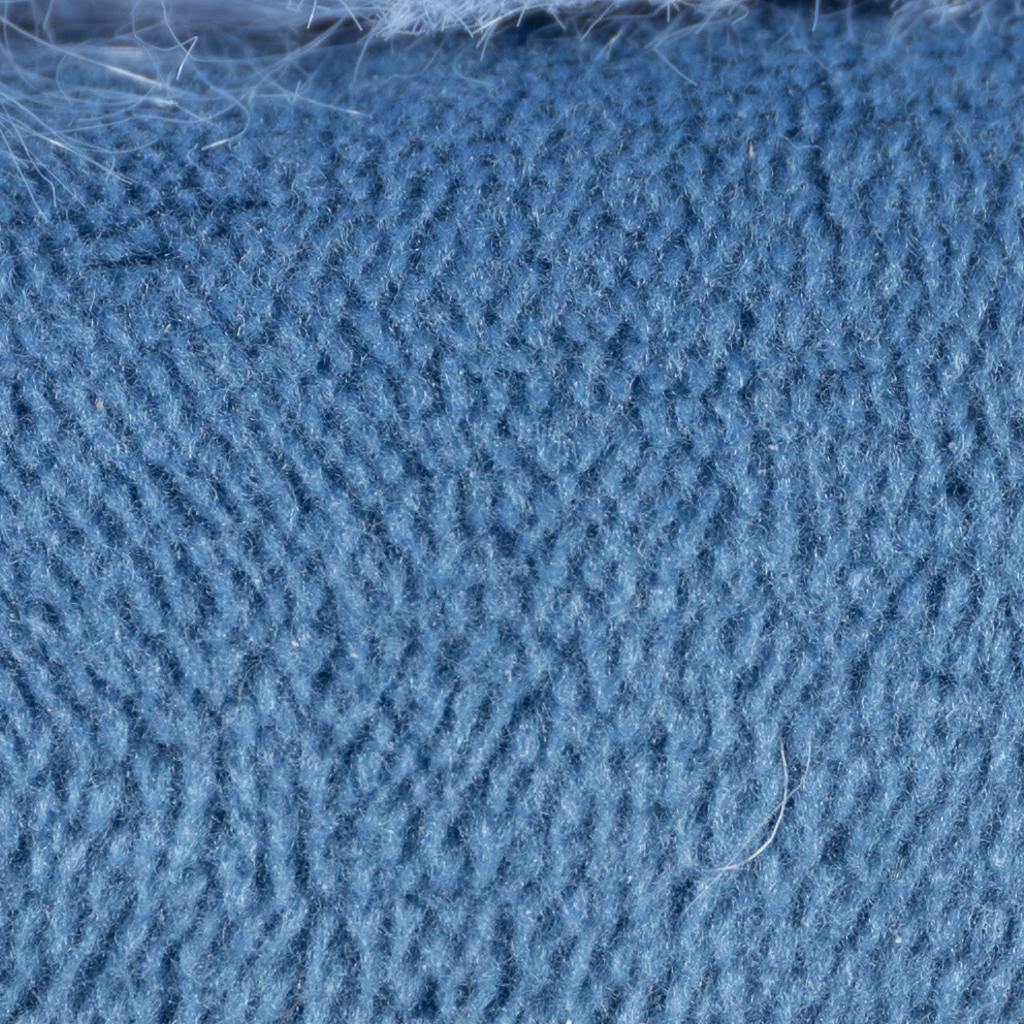
MFD @ 400
Perceived sharpness improves significantly, steadily, all the way up to f/8 (which is as far as I tested).
As at 6ft, I don’t see any change in actual resolution – it’s entirely just about contrast.
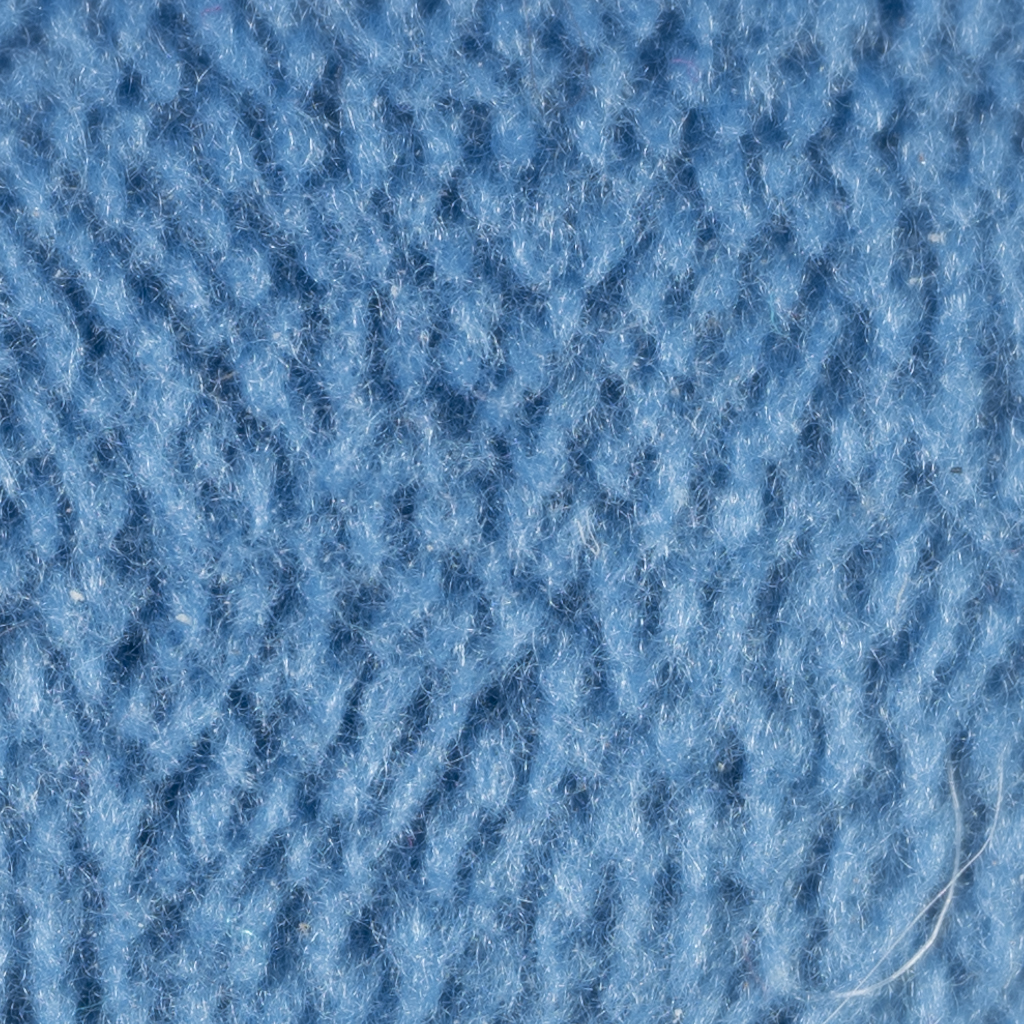
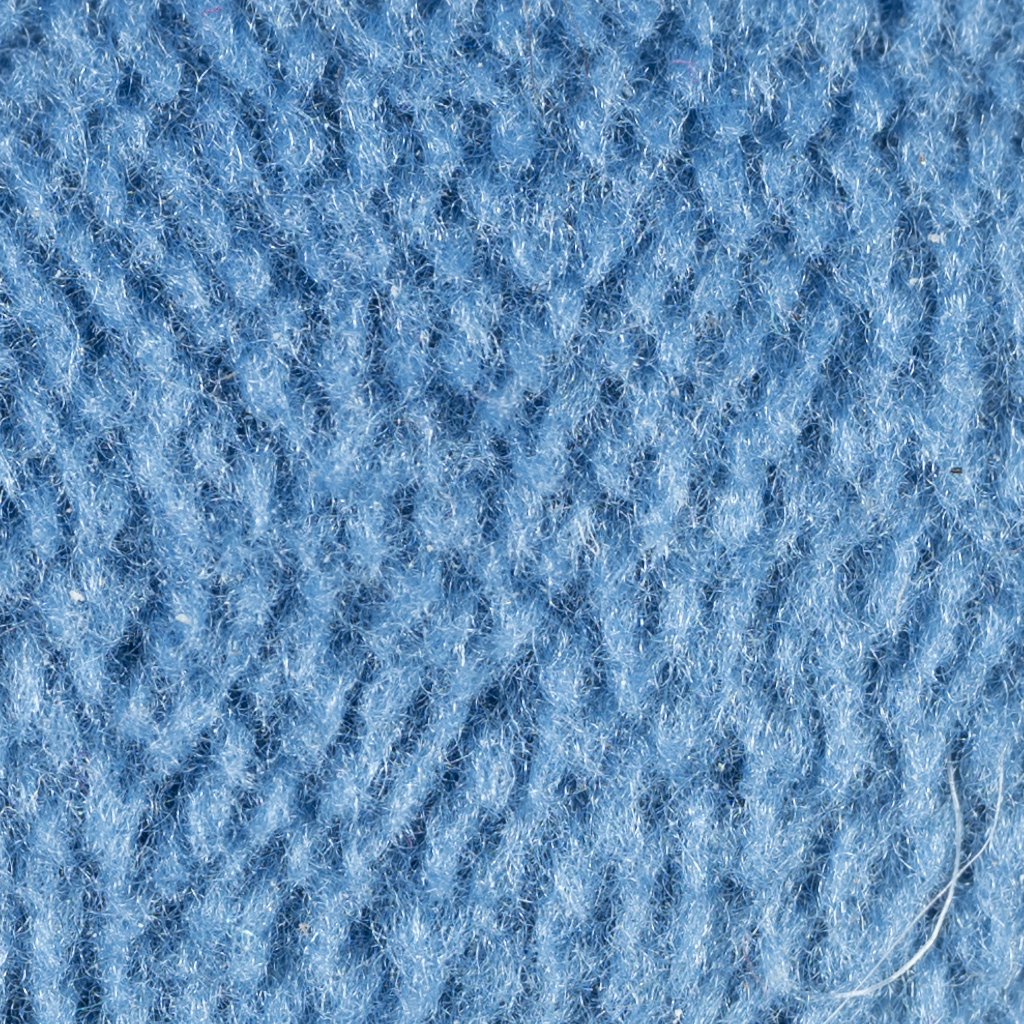
MFD @ 100
Perceived sharpness increases significantly between f/4.5 (wide open) and about f/6.3. After that there’s no meaningful change.
Interestingly, unlike at 400 some portion of the perceived sharpness difference appears to be due to actual resolution differences, not just contrast. So this is the only case in any of the tests I’ve done here where stopping down might be strictly necessary for maximum possible sharpness.
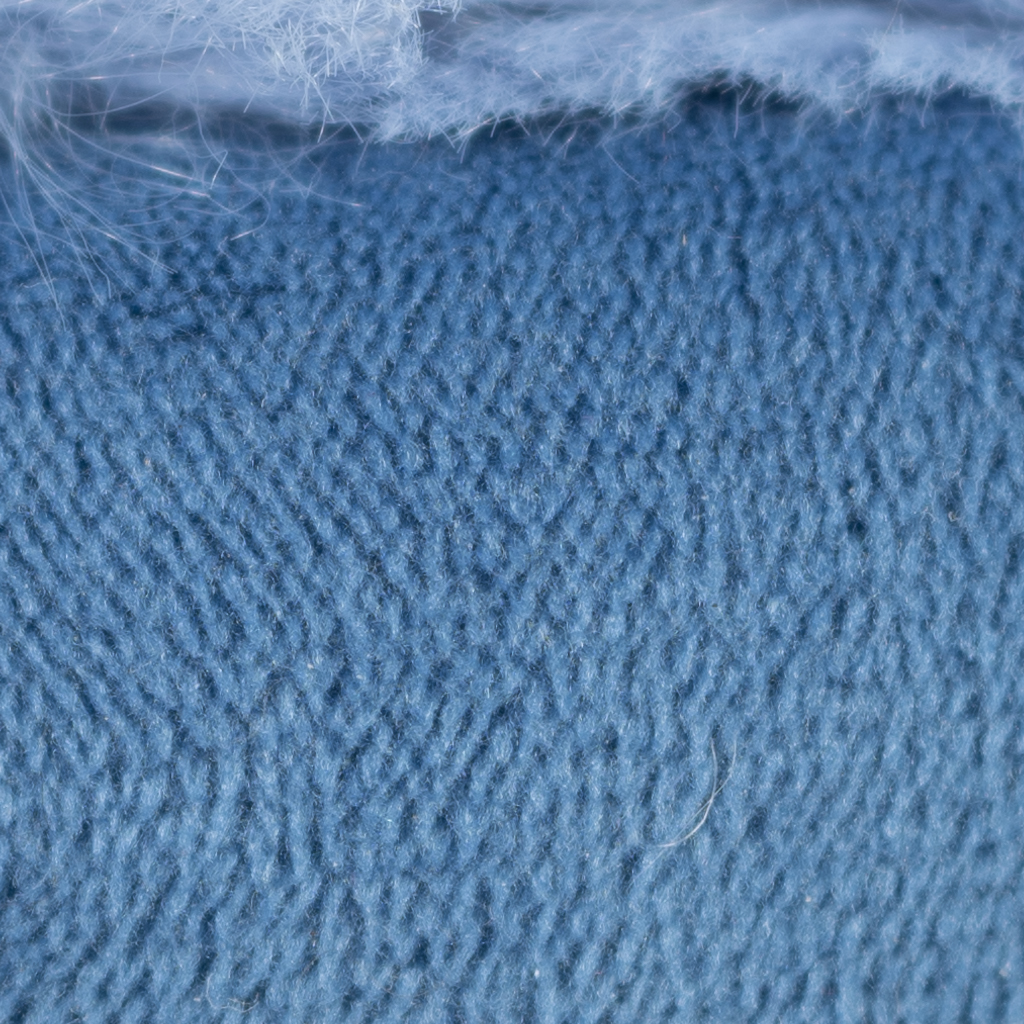
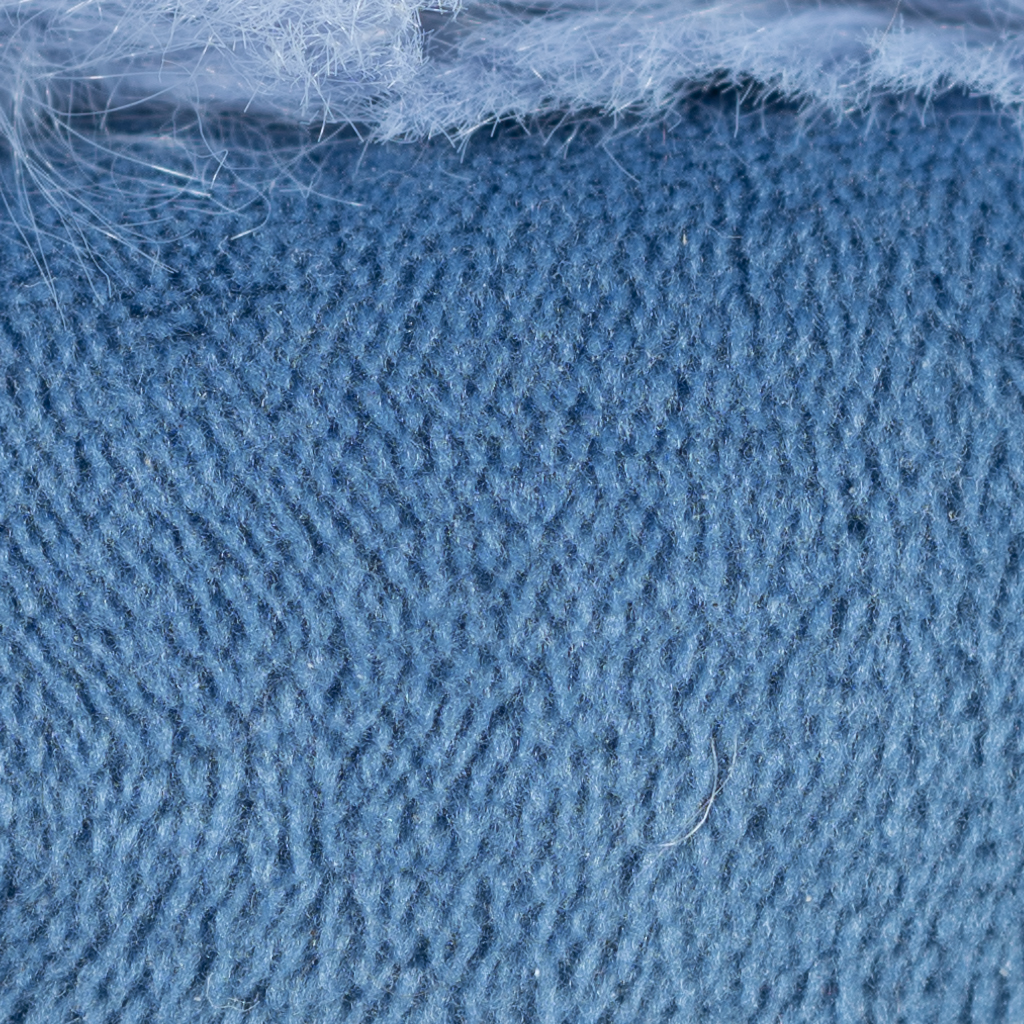
Conclusion
I can’t really compare across focal lengths, because the subject changed size (in the frame). It seems to me that the achievable acuity is pretty good, and pretty similar, at all focal lengths.
There was a clear trend w.r.t. subject distance and wide-open performance, i.e. as the distance gets shorter, wide open becomes softer in comparison to narrower apertures. Thus the optimal aperture is (in my opinion):
- MFD:
- 100: f/6.3 (-1 stop)
- 400: f/7.1 (-⅔ stop)
- 6ft: f/6.3 (-⅓ stop)
- 12ft: f/5.6 (wide open)
- 30ft: f/5.6 (wide open)
In some cases you do technically get slight improvements in perceived sharpness by stopping down further, but if you have to do so by raising ISO then it is definitely not worth it – the additional noise will outweigh the benefits.
Keep in mind, also, that at 400mm even when there was a difference in perceived sharpness, it was basically only due to changes in contrast. As such, in theory it can be fully compensated for in post-processing with e.g. micro-contrast adjustments. So I definitely wouldn’t stress if I forgot to stop down when my subject came super close.
It’d be great if wide open wasn’t slightly softer-looking at close distances, but as just noted the difference is largely correctable in post. More importantly, at most distances wide open is basically as sharp as any narrower aperture.
In a nutshell, this is an excellent result overall. At most subject distances, at 400, the only reason to stop down is if you actually want increased depth of field.
That all said, the real test is how the 100-400 compares against some of its competitors…
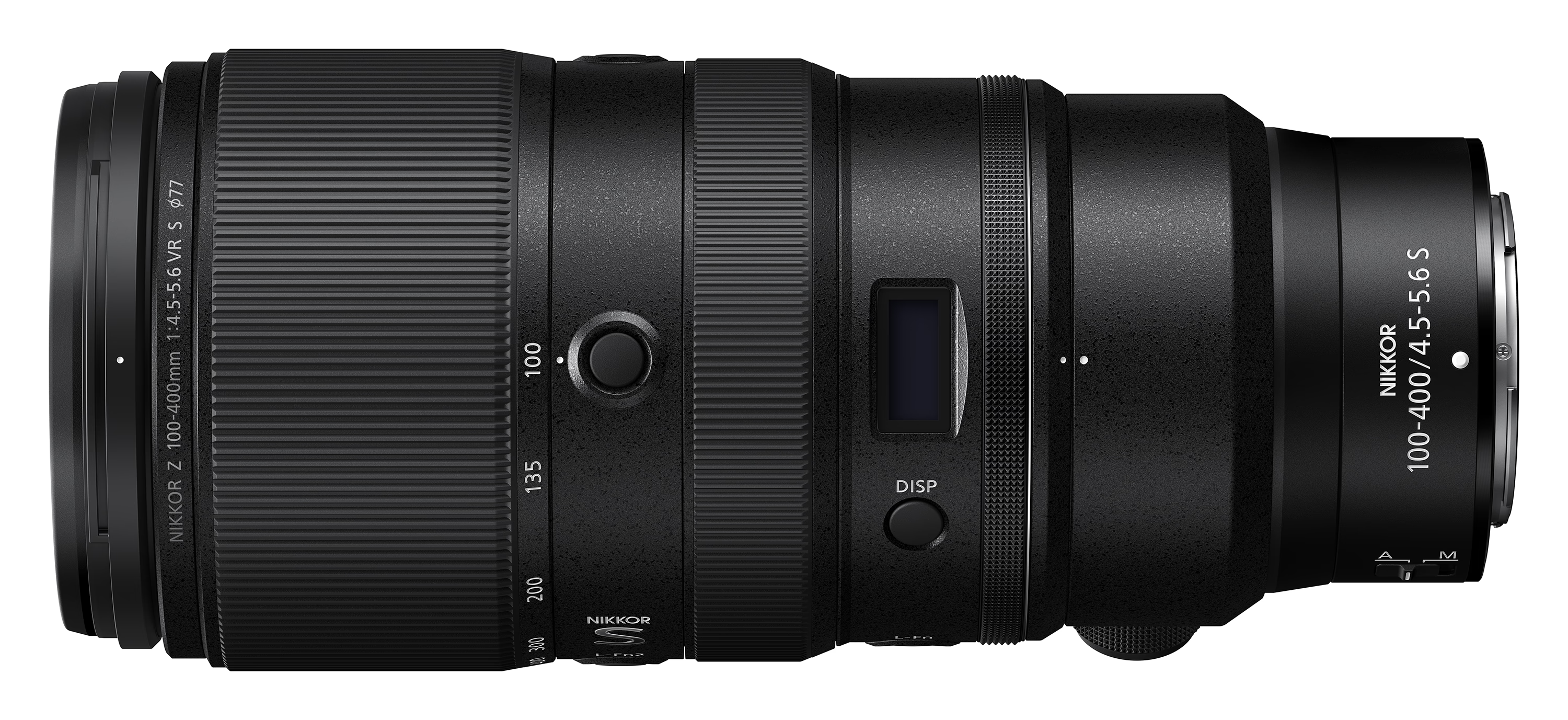
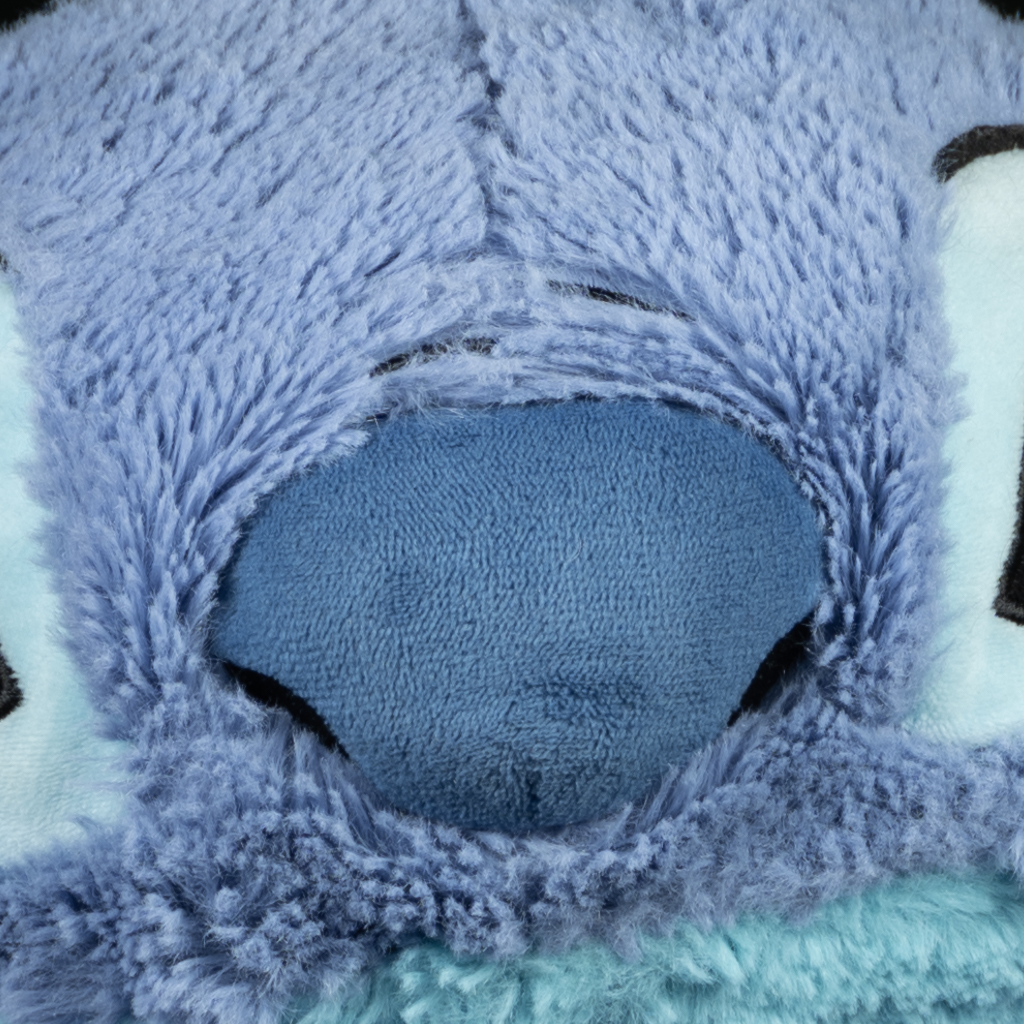
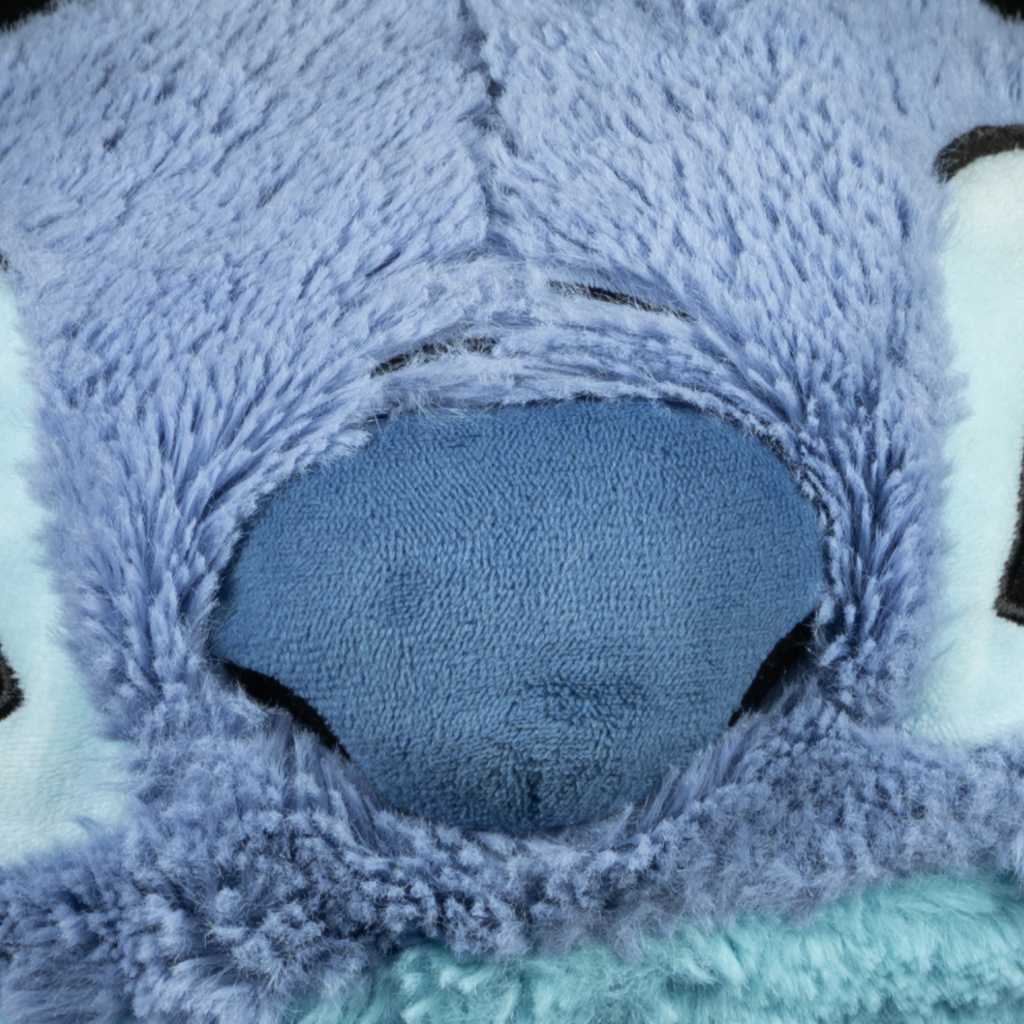
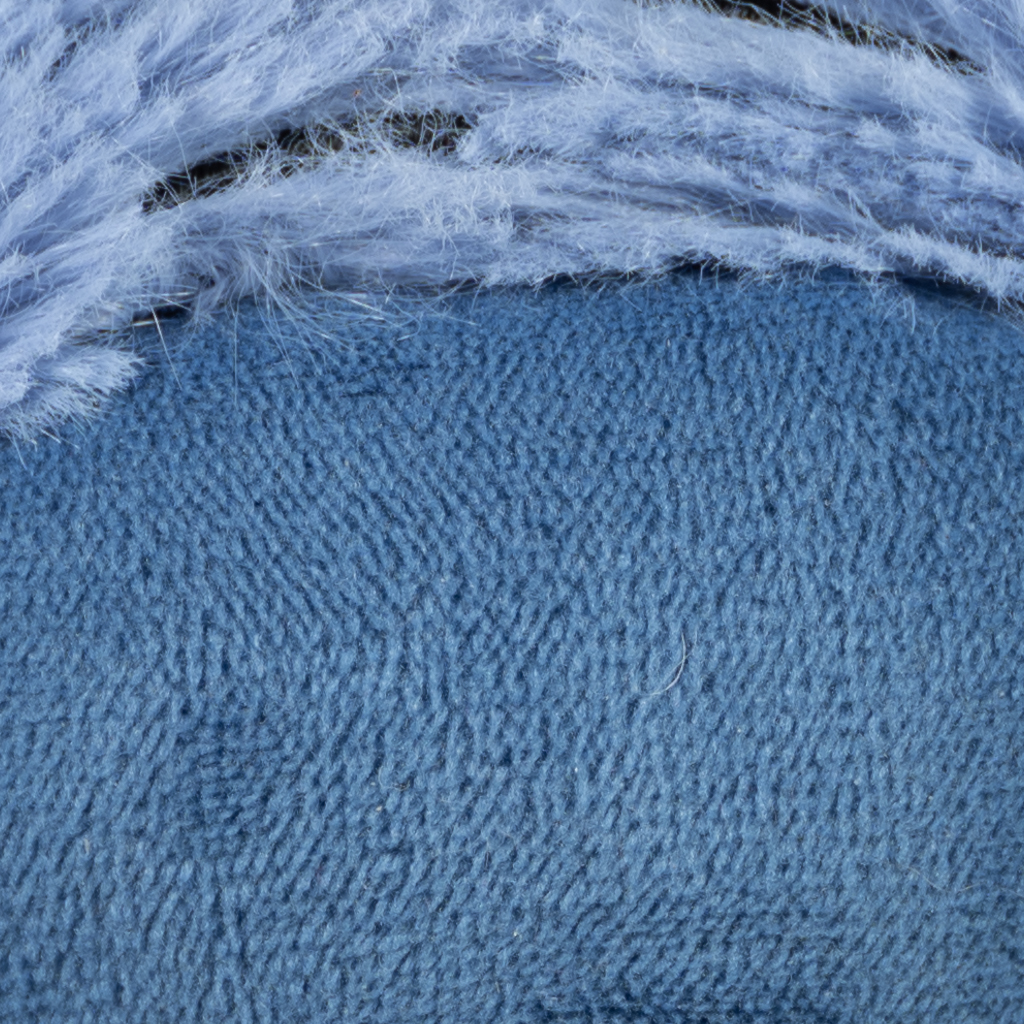
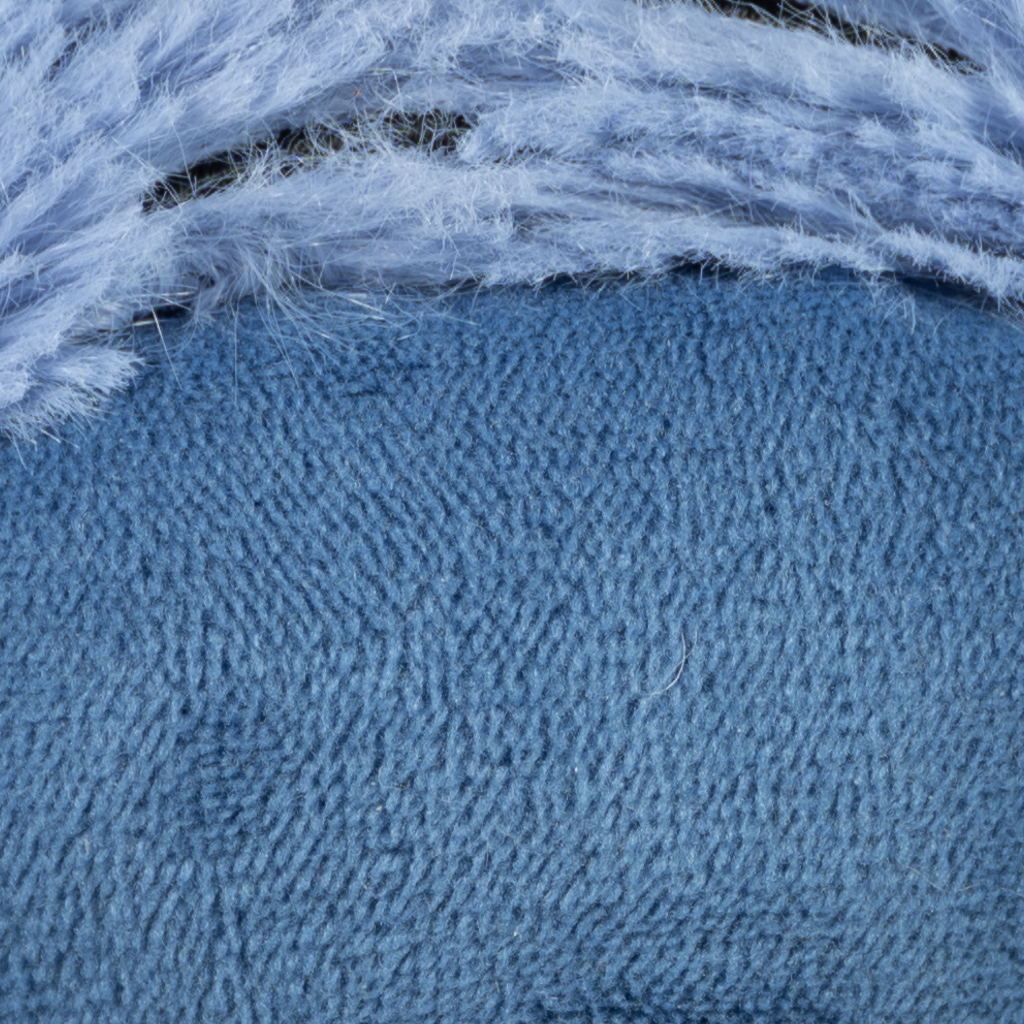
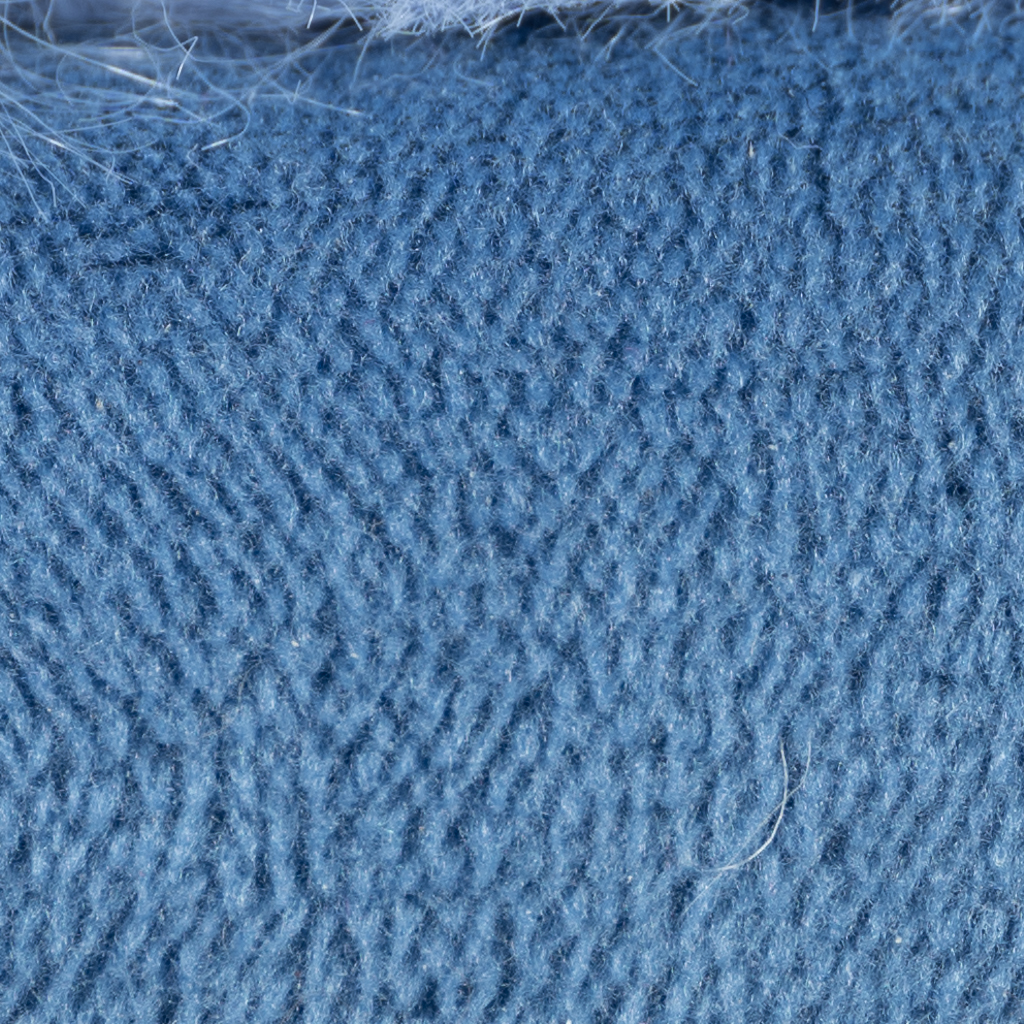
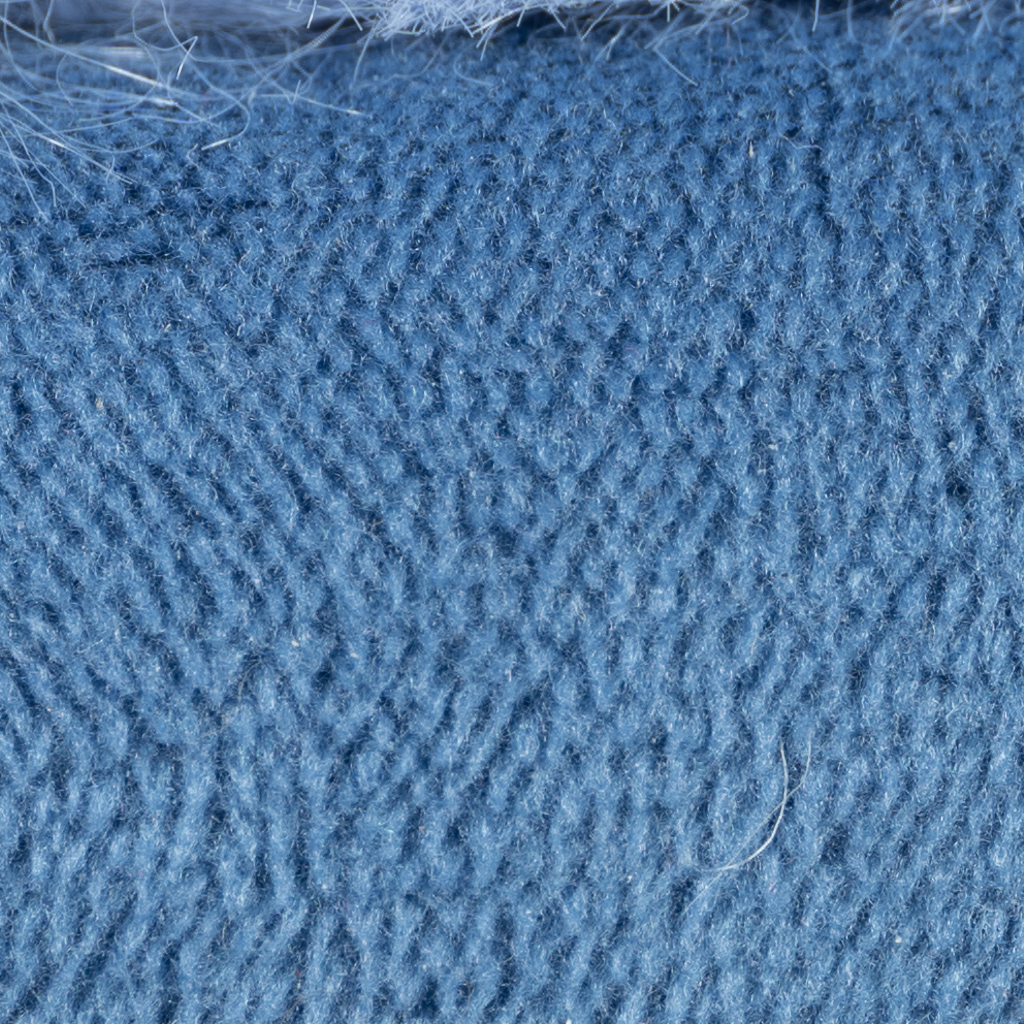
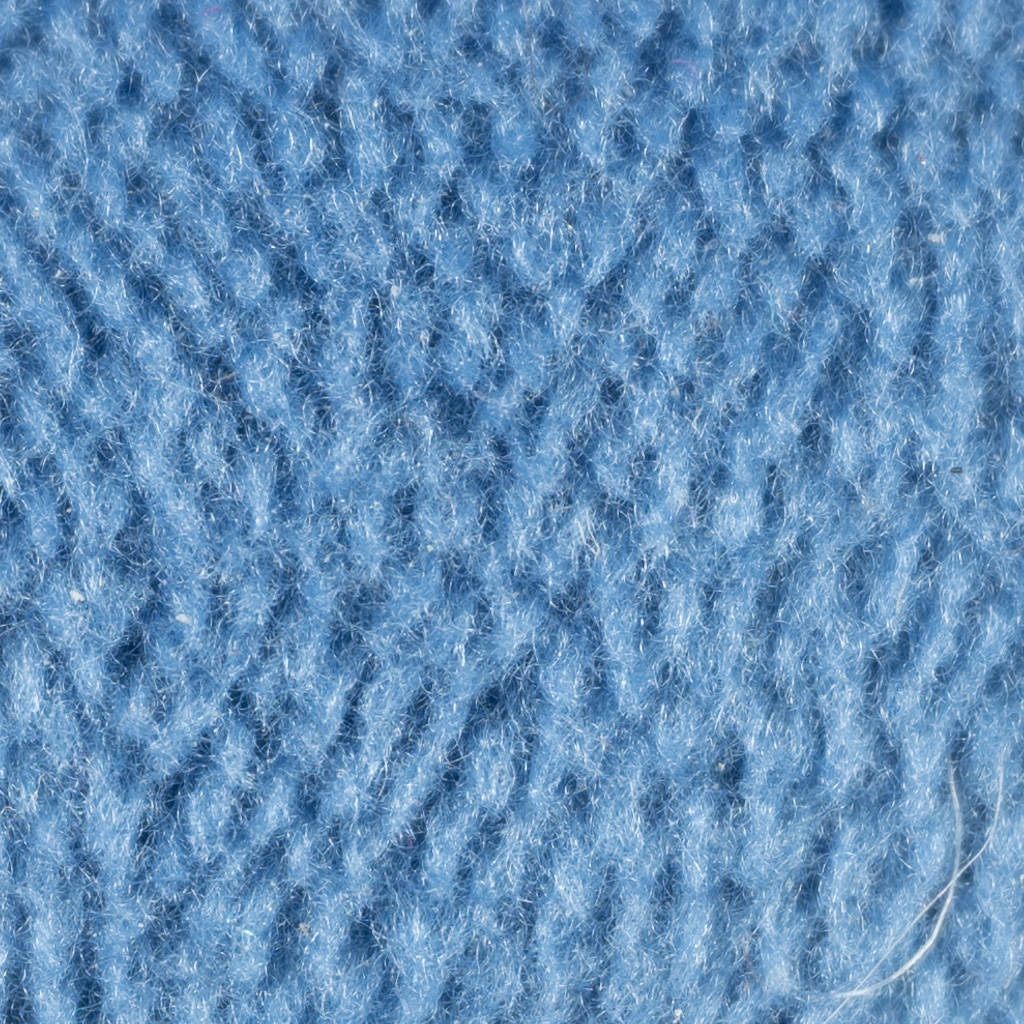

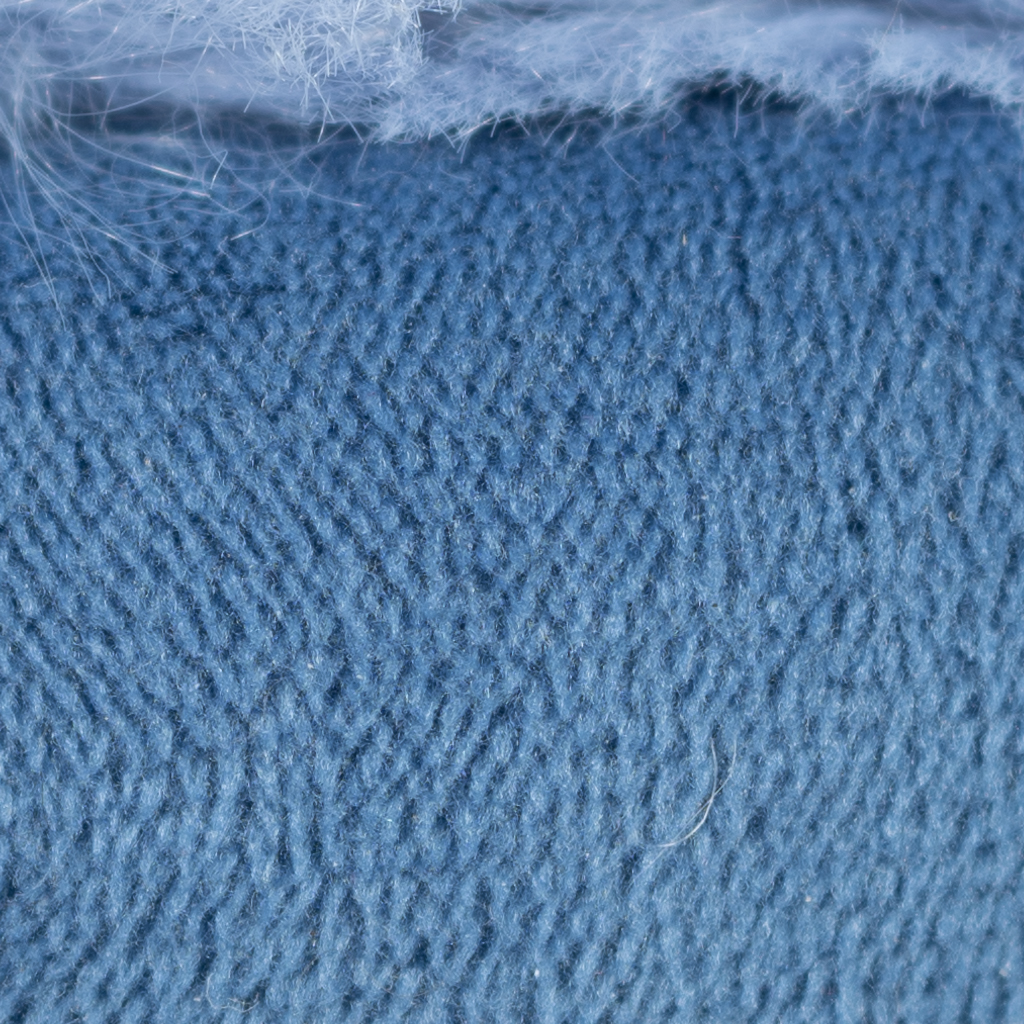
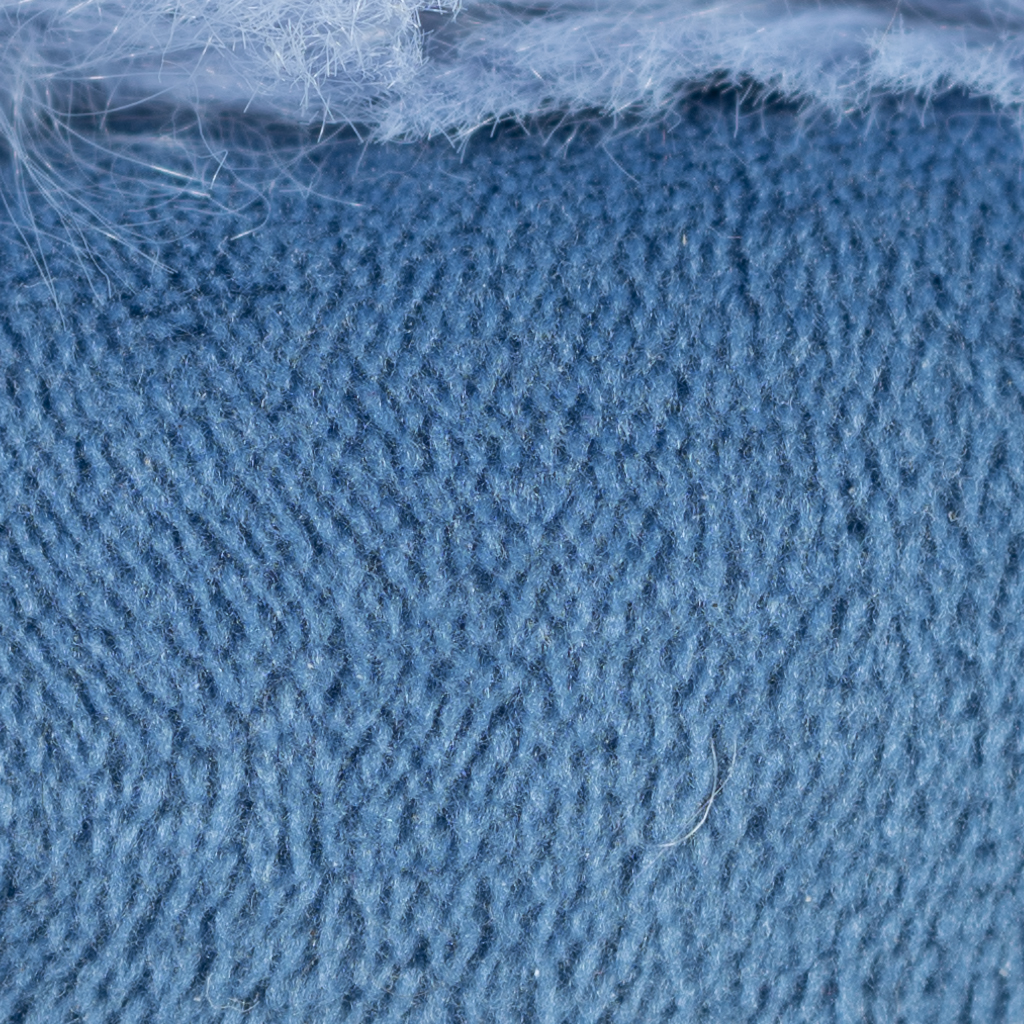
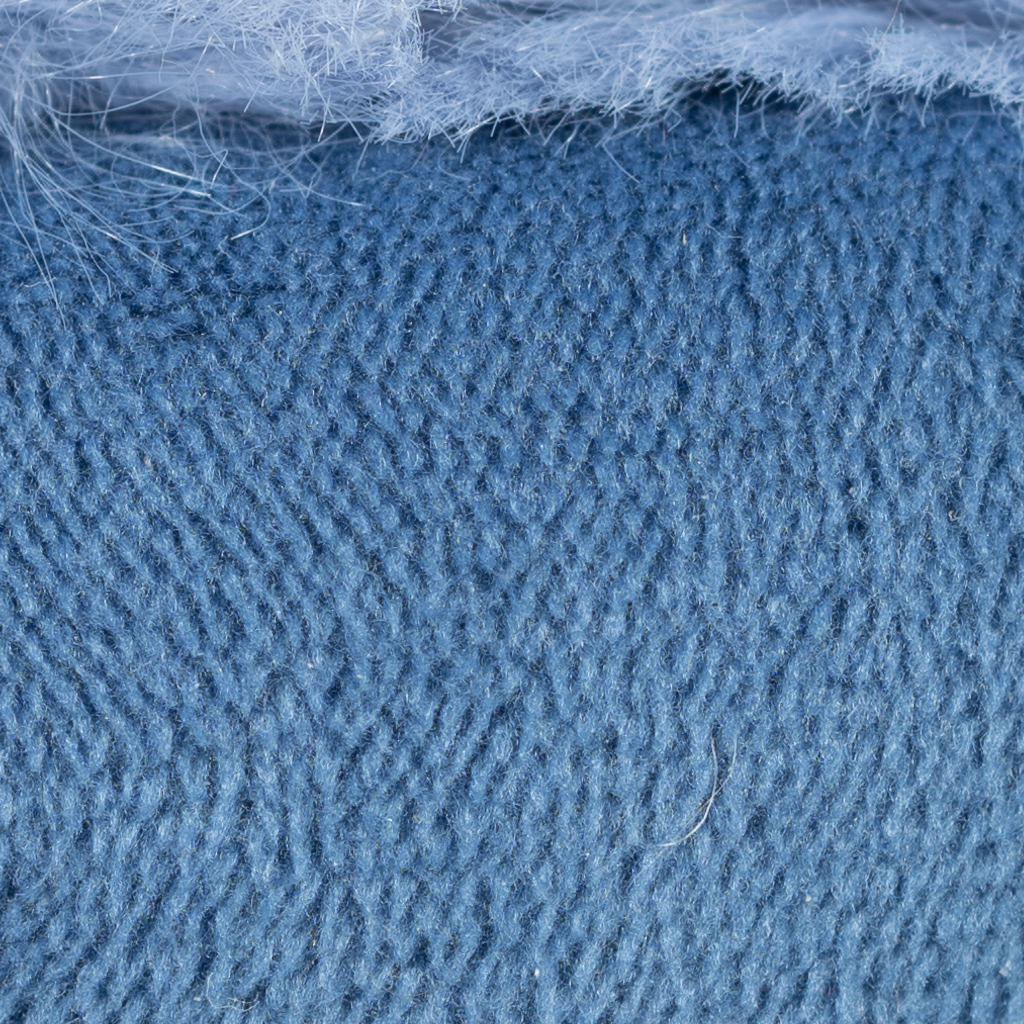
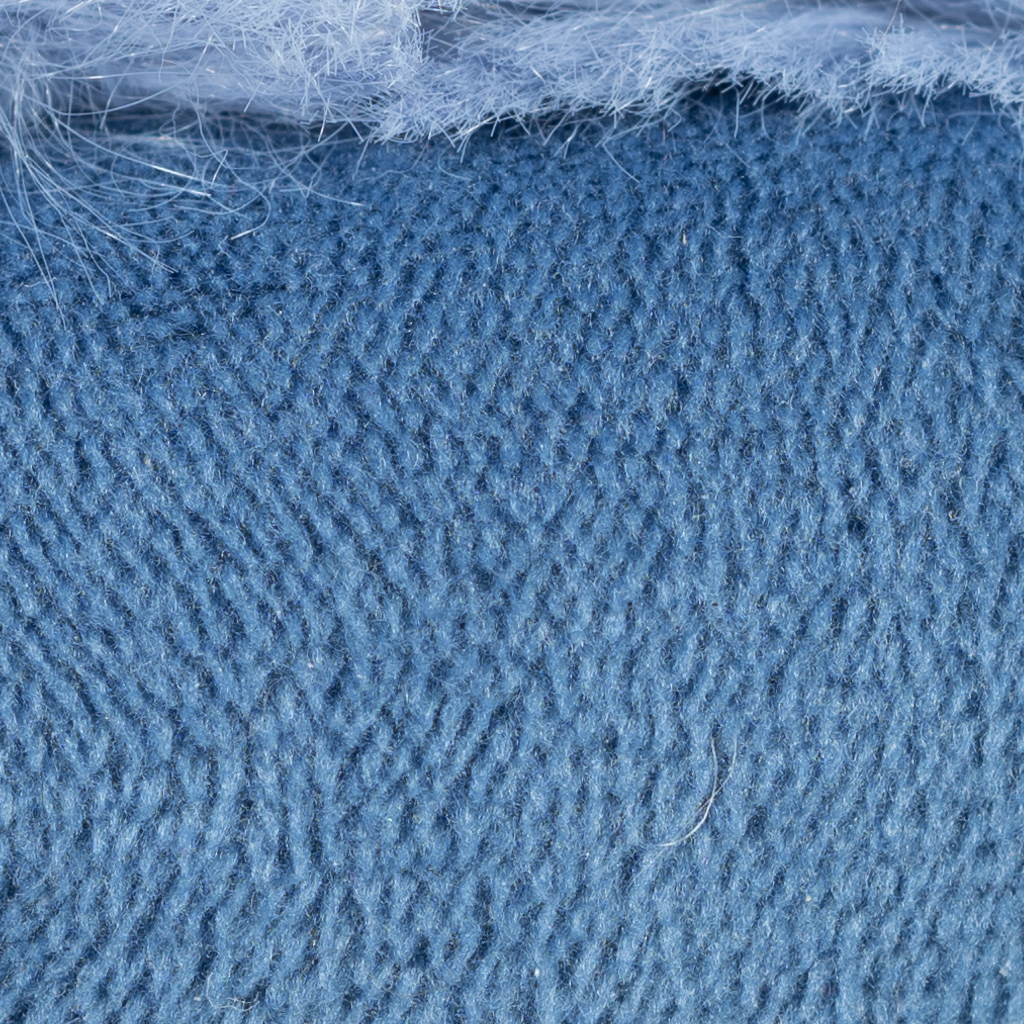
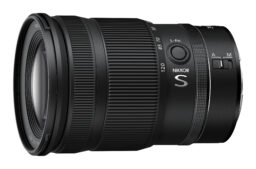

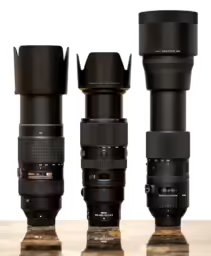
Curious…At 3.2ft MFD, 400mm, and F/5.6, the focal plane DoF would be almost immeasurable. Wouldn’t that be the reason it appears softer at such close distances compared to F/8?
It definitely does make comparisons harder, that’s for sure. I think that I’ve accounted for that in my judgements, but I do intend to test with a flatter subject as well, to see how that looks and if it changes the conclusions (the problem with a flat subject is that it’s hard to be certain you nailed focus – at least with this ‘deep’ subject you can tell where the focal plane actually is, when it gets narrow enough that it matters).
There’s also a meta-observation worth noting, about AF accuracy. e.g. the 80-400 seemed prone to back-focusing (see the follow-up post), whereas the 100-400 has been much more consistently accurate (in these “studio” tests as well as initial real-world use).